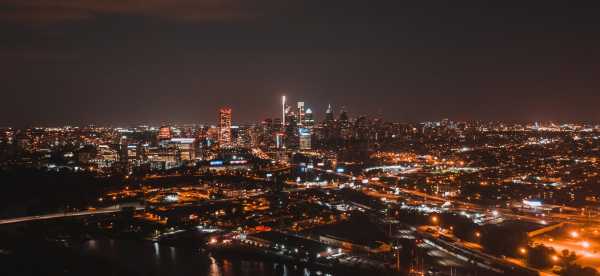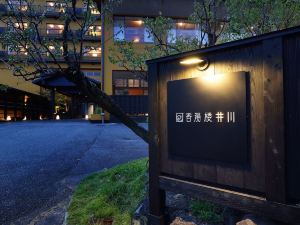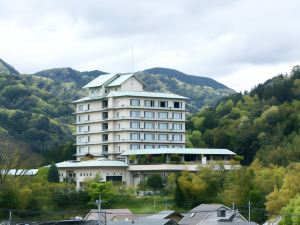Used for celebrating Mother's Day one week later. My wife, mother, two sons in elementary school, and myself. There are three generations, so we stayed in a butterfly room with two rooms across the corridor and an open-air bath. The plan is ”[Abalone & Ise-zukushi] Suite with open-air bath ~Elegant premium stay~”. The total cost is about 250,000 yen per night. In addition, the plants throughout the inn are very well taken care of, and you can fully enjoy the Japanese atmosphere from the entrance. Bad points & personal concerns * When Mr. Nakai was separating the abalone from the shell, the juice splattered and got on my mask, but I just glanced at it and shouted ”Oh my!” So I just continued without paying attention to this. I don't think there's anything I can do about the fact that I've been caught, but I felt uncomfortable that I was clearly aware of it but didn't care about it. *Among the dishes, the custom-made abalone odori-yaki and beef steak were served by heating the iron plate or pot with solid fuel, but at the beginning of dinner, ”It will take time, so I will turn on the fire already.” Please cooperate with me.” As a result, while eating the appetizer, both the abalone and the beef were finished cooking at the same time. I became quite flustered. I have experienced this style of serving many times, but I think it should be a little more considerate of other dishes. *The cooking time was provided ignoring any of our convenience. There were 13 items in total, but dessert was served in just one hour. The dinner time was fixed at 18:00, which was not selectable. Regardless of the plan or room, all the dining venues are provided in the large hall, but everyone started at 18:00 and almost everyone was gone around 19:30, so I think it was just my impression. *From the first meal onwards, the rice was served in a ohitsu by self-service. I left it in front of my wife who was sitting. As Nakai's style, the service was too friendly from start to finish, but it was different from what I expected from the room rate. Also, although it is a personal feeling, I was embarrassed to ask for a celebration on Mother's Day (we had a meeting in advance and asked for a cake etc. for a fee). Even if it's self-service, why don't you at least put it on the edge of the table? I don't think I need to be mean and put it in front of my wife. *When serving food, I understand that you want to move the plates that are placed on the table, but it is difficult to use the plate with the food you are about to serve on it to move other plates. It's too bad manners. *I bought a souvenir at a souvenir shop, but I was asked for a room name and signature on a blank receipt. Later, the staff will fill in the product name when they are free, but I was a little scared because they didn't give me a receipt. * After checking out, Mr. Nakai, who is in charge, only sees you off until the exit. Far from the good old style of ”until you can't see the customer at the exit”, they didn't even show us how to carry our luggage to the parking lot about 10m away. At the exit, I quickly entered the back of the inn with ”thank you very much”. I can understand if it is a modern style hotel, but isn't it too cold service for advocating good old ryokan style (and luxury) like this one? Sure enough, when the car left the parking lot and passed in front of the inn, there was no one there. As a whole impression, I think that the service of Mr. Nakai is not suitable for a luxury inn. When I look at it, it feels like I don't feel like doing it rather than using honorifics. The customer doesn't seem to be offended, so is it a problem with the inn's education?





















Outstanding
89 Reviews